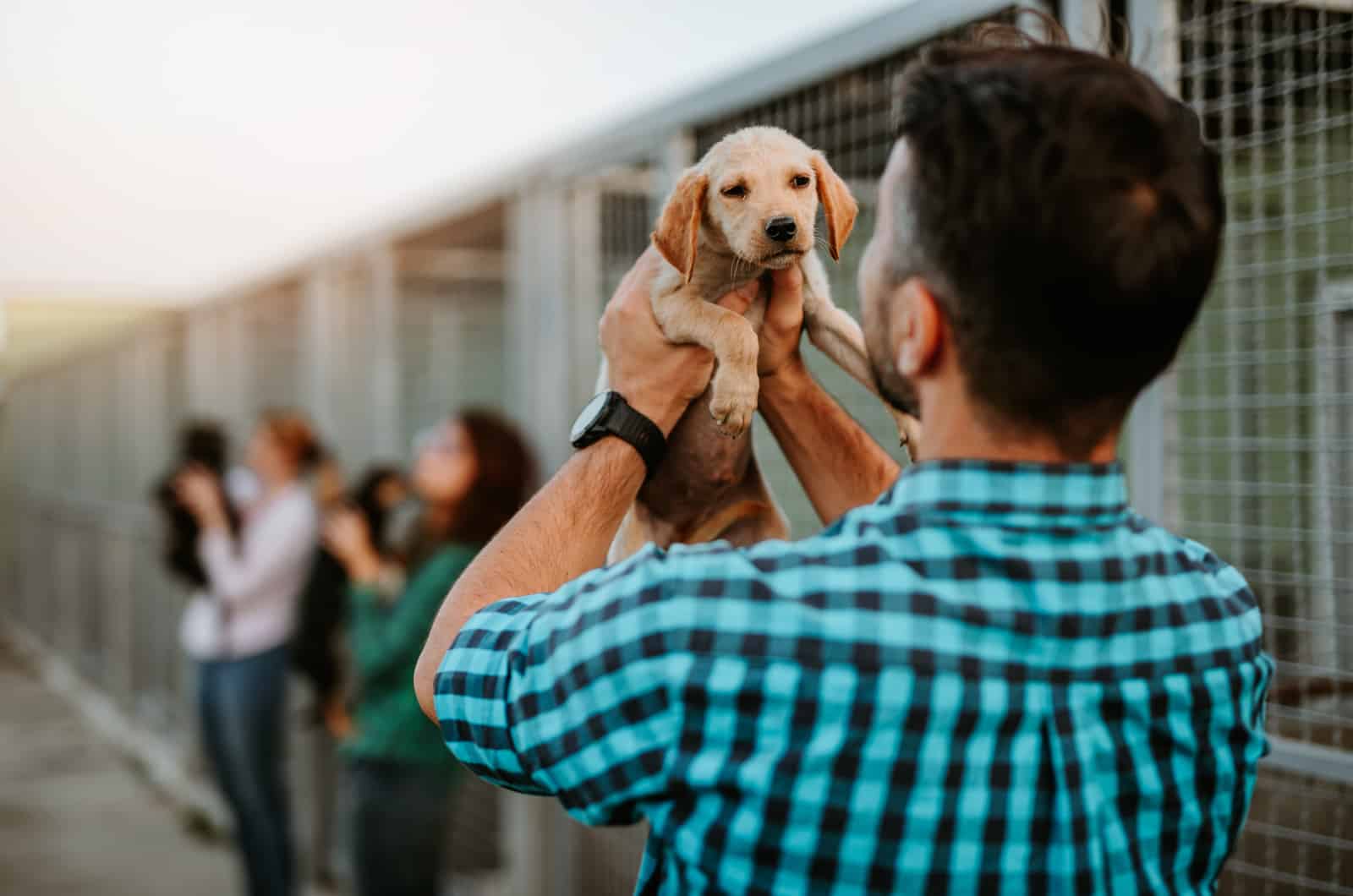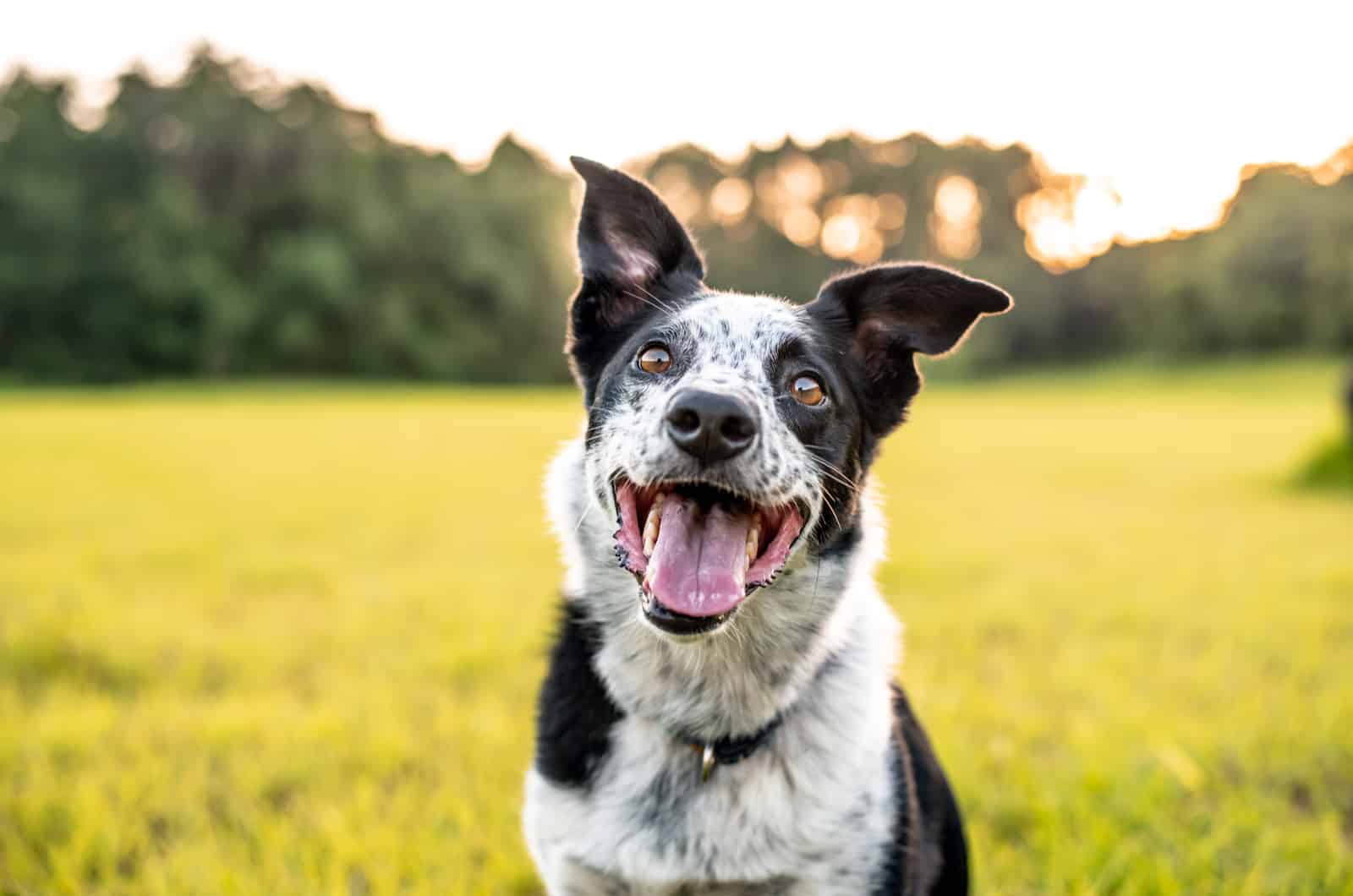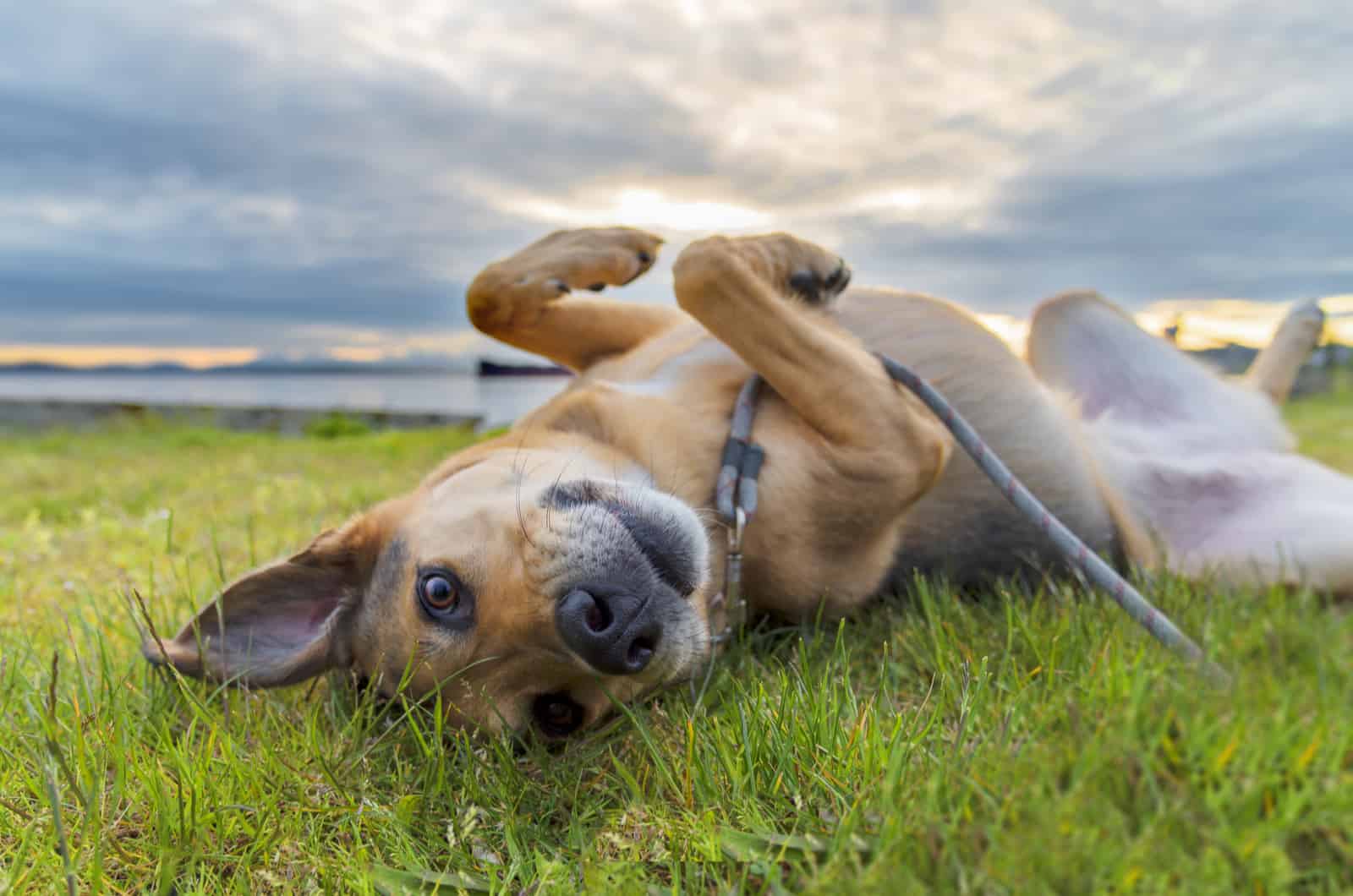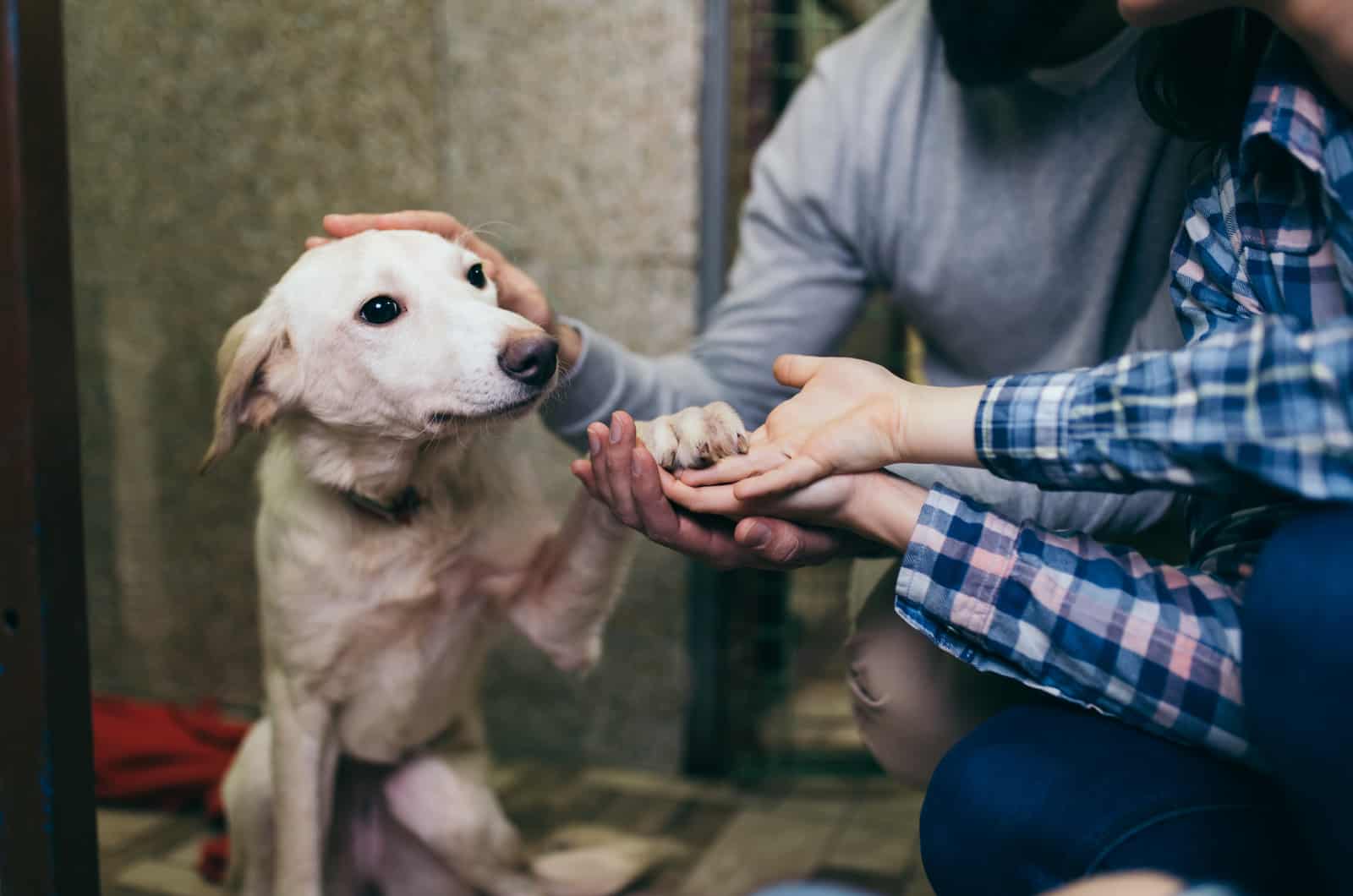So, you’ve decided to adopt a rescue dog. Congratulations! That’s probably the best good deed you could ever do.
It takes great courage to welcome a stressed out stray dog into your life.
And, it takes even more courage and patience to help him adapt into your routine and make him feel comfortable.
Rarely does any rescue dog come without a challenge. Most of those dogs are rescued off the streets from terrible owners in even more terrible conditions. Even if it seems like the dog is perfectly healthy, there’s always some kind of trauma hidden deep inside.
No matter how fine the dog looks and feels, adapting into a new environment is already stressful enough.
Luckily, there is a general rule that applies to adopting dogs and their settling into the new household.
Here’s what the 3-3-3 rule is and what to expect from each phase!
The First ‘3’ Stands For The First 3 Days

We’ve all been there. That feeling like you don’t belong somewhere doesn’t just go away overnight.
Any new change from starting a new job, moving into a new home, or changing schools could identify with your dog moving from the shelter into your home.
It’s a huge change. It takes time for a dog to adjust.
And, it takes your help and all the patience you can give.
Most dogs, when they get out of the shelter, are super excited. However, I can also add that they’re super overwhelmed, too. Just put yourself in their… paws. Wouldn’t you feel overwhelmed with feelings?
In such situations, your dog won’t feel like he’s being his real self. His emotions would surprise him, too, because you’re someone new in his life, your house is a new house, and your habits are new habits.
It takes a while for a little canine brain to comprehend all that.
Now, some pups will adjust to the change rather quickly. We call those the lucky ones.
However, most dogs will express some sort of protest during those first three days. Your dog might start turning down food or water. He might also be uninterested in walks and playtime.
Fear goes hand in hand with this behavior, so don’t be surprised if you find him under the table, all curled up and afraid.
Some pups go so far and test your boundaries, and you might ask yourself: what have I signed up for?
But, this is all just a phase. The first three days are crucial, and they should be without any additional sudden changes.
Trust me… this phase will go by. It just takes time.
The Second ‘3’ Stands For The First 3 Weeks

After the first three weeks, you might feel like things are finally settling down.
That’s because they are!
Your new dog is finally embracing the fact that he’s here to stay.
He’s no longer overwhelmed and afraid of the house. He now knows where things are and who’s in charge. And, he’s slowly, but steadily embracing the fact you’re his master.
Some pups might go through a phase characterized by their disobedience. Simply put… some dogs don’t warm up to the idea they’re not in charge so easily.
This is when you truly figure out what your new dog is like, whether he’s the leader or a follower.
The period of the first three weeks is excellent to start basic obedience lessons if your dog wasn’t already trained.
You might think it’s finally a good thing that you adopted this dog, but trust me, the best is yet to come.
The Last ‘3’ Stands For The First 3 Months

After the first three months, your rescue dog is finally completely adjusted. Well, he should be if he’s not experiencing any behavioral problems.
Bear in mind that the 3-3-3 rule is a general rule that applies to most dogs. But, as always, there are exceptions.
If everything went according to plan, your dog is now fully adjusted, enjoying his new life, and welcoming new habits easily.
This is the period when dogs usually settle into their routine and start working on other major things, such as creating a strong bond with their humans.
Still, it’s a two-way street, and you both should work hard together to become inseparable best friends!
How To Ease The “Honeymoon Period” For Your New Dog

There’s no universal solution as to how to make this “honeymoon period” or the adoption less stressful for your dog.
Still, we dog lovers fight as hard as we can to make the transition from the shelter into their furever homes much easier.
Most dog owners claim that equipping the house with a bunch of dog stuff really helped their rescue pooches. I have to agree with them. If you “puppy proof” or “dog proof” the house before he gets there, the adopted dog would feel much better knowing there’s stuff just for him.
This means getting appropriate dog food, yummy snacks, food and water bowls your dog would actually eat and drink from, a comfy dog bed, leashes, harnesses, grooming supplies, and, of course, toys.
When you bring a dog home, introduce him to everything, and do a little tour. I know it sounds silly, but it will allow your dog to sniff the house and make himself familiar with the surroundings.
What I found helpful when I was fostering dogs a while back were dog crates. They give dogs a sense of security – a place they could call their own. When a dog hides in the crate, he wishes to be left alone. He needs to rest and process what happened to him that day.
Don’t bother the dog while he’s inside the crate. It’s his special place and his special time.
Think of it as a hideout that would help a lot with the whole adjustment process.
After all, the “honeymoon period” usually lasts for those three months. Some dogs adapt quicker… some even need more than those three months. But, that’s completely fine as long as we give our dogs time, space, and lots of understanding.















